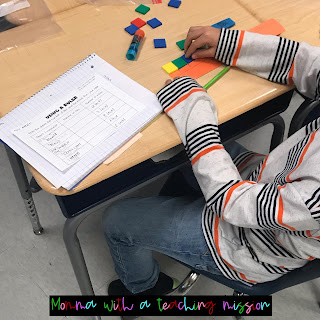Y'all I ain't gonna lie. It has been a hot minute since I've been an ELA teacher, 3 school years in fact. I enjoyed my time teaching science and math, as I feel like that is my stronger content, but the past 60 few days teaching all subjects has been a pretty fun challenge.
We had been working with cause and effect, and I really wanted to challenge my kids. I work at a PYP (Primary Years Programme), and we really encourage thinking globally, creating inquiry based lessons to challenge the students with real-world tasks and problems. When I first kicked off cause and effect, I showed 3 different images and had students turn and talk, as to what they thought the connection was with the items. I showed them a stove, a pumpkin, and an empty pie pan. I wanted them to make the connection of pumpkin pie. On day 2 I showed them 3 more images, candles, a cake, and balloons, and wanted them to make the connection of a birthday party. I created this interactive making connections you can use whole group, or send to your students through google classroom and have them complete it. Then I had them create their own clues, and within one of our centers, students used post-it notes to guess what the connection of their classmate was.
Our overall unit has been about Energy, and our first line of inquiry has been the different forms of Energy, so one of the books I read aloud to the students was
Then the next day, I placed 9 different brown paper bags around the room. I had the students work with partners (works out since I have 18 students currently), and set the timer for them to spend 2 minutes at each bag. They looked at the items in each bag (around 3-5 items) and they were to determine what the connection was.
A few days later I placed different effects around the room, and had students worked with their partner to once again travel to the different bags and write on sticky notes what were the causes of the effects.
Then we went back to the book we read aloud, Energy Makes things Happen, and I gave each group a page and they were to find a cause/effect relationship from the page they were given.
I gave them around 7-8 minutes to find this in their text and label the cause and the effect. They did really well!
Finally, I had them think about all the different cause and effect relationships we had talked about over the course of the last few weeks. We shared out some we remembered, and then I had them write one down to add to our anchor chart shown below.












































